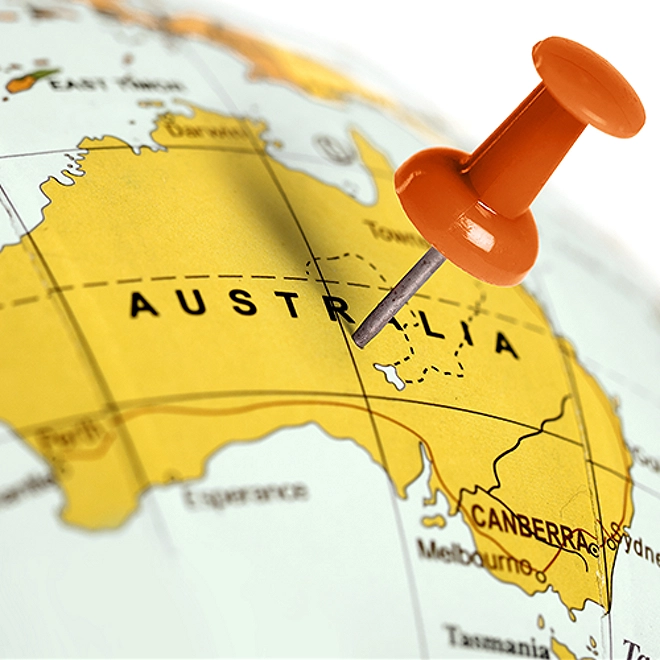Tax Governance: Inland Revenue’s latest compliance campaign
Tax Alert - October 2021
The New Zealand Inland Revenue is following the lead of other tax authorities around the world and this week launched a compliance campaign focusing on tax governance. The first step of the campaign kicked off with Inland Revenue issuing a questionnaire to approximately 150 organisations with over $30m of revenue (both foreign and NZ-owned). We understand a tax governance review will also be undertaken on organisations that are subject to annual risk reviews as part of their annual compliance programme with Inland Revenue.
The questionnaire’s focus is deeper than ensuring an organisation has a tax strategy in place, but reviews how it is embedded into systems and processes. Inland Revenue expect tax strategies and tax control frameworks to be in place, with sound systems, clear accountabilities, strong controls and highly skilled people supported by robust processes and procedures. Inland Revenue also focuses on senior management (i.e. the CFO) taking responsibility for tax governance.
There is also a clear expectation that Board members have an understanding of, and take responsibility for, the tax risks of the companies they act for.
It is not just Inland Revenue and other tax authorities that are raising questions around tax governance, investors are increasingly interested in knowing that businesses are sustainable long-term and part of this is their “social licence to operate”. The Global Reporting Initiative (GRI) Standards, which are designed to be used by organisations to report on their impact on the economy, the environment and society have introduced a standard for reporting on tax which is applicable to periods after 1 January 2021. This helps an organisation communicate with its stakeholders on a range of topics, including: management’s approach in relation to tax; its tax governance and control framework; how the organisation engages with the tax authorities; tax policy advocacy; and the level of direct and indirect tax paid by the organisation on a country by country basis.
Given Inland Revenue are starting on a journey to review tax governance frameworks, and the increasing focus for other stakeholders, even if you are not a recipient of the questionnaire, now is a good time to reflect on your tax governance framework and consider whether it is robust enough in the current climate.






